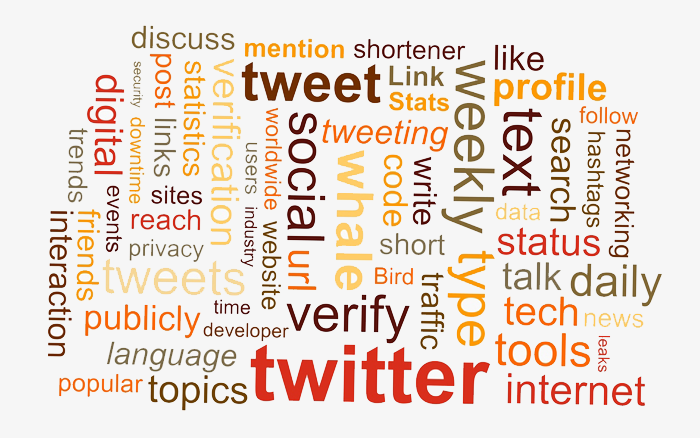Share Your Credibility with Social Media Buttons

Having Social Media buttons on your website is a great way to get readers engaged and to share your thoughts and ideas. If someone is reading a particular blog of yours, they love it, they want to tell the world how they found it first and they want to look good when sharing it, to then find out that they can’t because there are no sharing capabilities on that blog…what then happens? You as a company will lose out on credibility, you can’t show off how good you really are within your business area, your engaged reader wants to share it to tell people that they know what they’re talking about using your content in order to do so and in turn, drive traffic to your website. By having share buttons, not only will it be easier to share your ideas (the reader doesn’t have to leave your website or change pages), it gives you an indication of what topics are more engaging than others.
Although this sounds like a very simple way of sharing, to an extent there are some indepth mechanics involved. Make sure the buttons you use are the correct or common logos. It sounds silly, but that can cause confusion. Although some social platforms will use alternative logos for their buttons, be sure to use the popular ones that readers can either relate to or trust. There are quite a few websites where you can get your social media buttons from such as: Sharethis and Addthis.
Which Should You Use?

The difference really lies in your own personal preference and the limitations. There are two ways in which you can go in order to get social share buttons available on your website. You can go down the route of getting your third party plugins i.e. the likes Addthis for quick and easy use, or you can look at getting your web developer to implement hardcodes into the website and blog. You should not be using more than one set of share buttons and and they should not be scattered around the page. They are best placed underneath the main title, as a side bar or at the end of your blog post – this is where people expect to see them and they don’t have to think to look for them.
The use of third party plugins are great if you’re looking for a quick short term solution (just so that you can get your website and blog up and ready for sharing capabilities), so that you don’t lose out on interactions and website traffic. For the long run, you should look into getting your social buttons hardcoded. When using plugins like Addthis, you don’t have the freedom of things like the way the button looks and the placement. You’re in turn limited to what the developer of that plugin is providing you. Most social media platforms will prefer you to use their own buttons which they will happily give out. By coding it within your website files, it allows you to place it wherever you feel suitable for that blog. Remember, if someone is reading your blog, you want them to see the ‘Tweet’ or ‘Share’ button right in front of them – people are busy and too quick to move on even if they have been interested in your article. Give them a reason to stay (with your brilliant expertly written blog) and give them a reason to share it (because it’s that good and it’s not too much effort to press one button to show everyone)!
Keeping it Simple

It is important to note only to show buttons that your company and your audience will actually use. This allows the page to look less clogged up without having share buttons and icons flying about when someone is trying to read something! At the same time, having actionable buttons which in turn will generate traffic to and from your website. Be sure to monitor where your website traffics comes from in terms of social. If 90% of your traffic comes from Facebook and Google+ then make sure your buttons reflect these results.
As I write this blog, Essential Marketer is currently working through a ‘live’ case study of writing 200 blogs in 50 days. If you read any of our blogs or articles, including this one, you will notice at the top, we have the platforms which we feel relevant in which to share. At the same time, it doesn’t look like we’re forcing people to share it, as they’re isn’t a clutter of 30 different social share buttons following you around everywhere you look like an annoying insect! The main thing is your blog shouldn’t look spammy. If we didn’t have these share buttons, these 200 blogs would go to complete waste, as the whole point of our ‘live’ case study is to show that high quality content can help drive traffic to your website, but everything needs to be in place for it to flow with ease, including sharing capabilities. Use anayltics to closely monitor how your blogs and articles are getting on in the social media world. You will know things are going well when you have a high number a shares on the blog itself, which could actually encourage more readers to share if they see it’s popular.
A good way of remembering how you should have your share buttons is to think as if you’re the reader. If it’s not all that visible to you when you’re re-reading your blog, chances are, other readers won’t see them.







